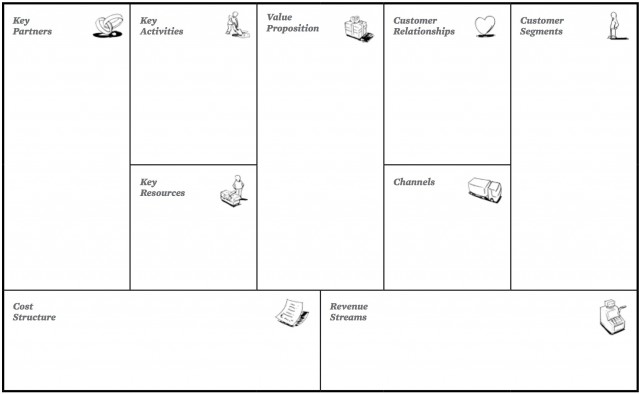The Dreaded Business Plan
Business Plan is an outcast phrase in some start-up circles. Those holding their noses have seen too many new entrepreneurs who arrive with a great thunk, inching through their pages and pages of financial fantasy and market delusion. These ‘all thought and no action’ tomes have come to represent people who like the idea of building a new venture, but are reluctant to just get out there and give it a try. Many of these painstaking plans are quickly relegated to the shelf, never to be opened again.
All of this business plan bashing comes as a great relief to those entrepreneurs who hate detail, paperwork and sitting still. But, few business get far without some sort of foundational strategy upon which the nimble innovator can test, retest and pivot as necessary.
Entrepreneurs who are seeking financing – from the bank, angels, VC’s, smart family members – will most certainly be asked to produce some sort of a preliminary plan. Ironically, then, some may not sit down to write a business plan until they are well into the nuts and bolts of their businesses.
You’ll find that many of the different business planning approaches have similar elements. Entrepreneur Magazine offers an infographic on some of the key factors one might consider:
http://www.entrepreneur.com/article/231525
Below are a few examples of popular and productive planning templates.
A. The Business Model Canvas
Developed by Alex Osterwalder, this one page canvas is now the standard in many start-up competitions and acclerators. The Business Model Canvas is a core component of Steve Blank’s Lean Launchpad Accelerator programs. When completed carefully, it compels the entrepreneur to think clearly about what he or she is trying to do for whom, how and why.
Here are the key elements of the Canvas:
Here is a link to Osterwalder’s site, which includes a 2 minute description of the canvas, pro tips and case examples of companies who use the canvas.
http://businessmodelgeneration.com/canvas/bmc
•••
Application
i. Create a Business Model Canvas for your venture. As you will learn from Osterwalder, this is not a static ‘once and done’ document. You will be refining this as you and your business develop. A successful canvas is not chockablock full of endless possibilities and words. The goal is to focus in and get to the core of your offerings.
•••
ii. Look through one or two of the tools below. What are some key elements you can glean from them to supplement your Business Model Canvas?
B. The Futurpreneur Business Plan Writer
The government-sponsored futurpreneur site offers detailed resources on business plan essentials and an interactive business plan writer that you can use in plotting out your future.
http://www.futurpreneur.ca/en/resources/start-up-business-planning/tips-tools/business-plan-writer/
C. Small Business Accelerator: Business Plans In Practice
An initiative of the Irving K. Barber Learning Centre at UBC, the SBA provides links to sample business plans, templates, guidelines and resources to support your secondary research.
http://www.sba-bc.ca/business-planning/key-resources/business-plans
D. The Business Plans Handbook
A UBC e-resource. An annual collection of actual, successful business plans, providing examples of how to approach, structure and compose business plans in the manufacturing, retail and service industries.
http://resources.library.ubc.ca/1605



